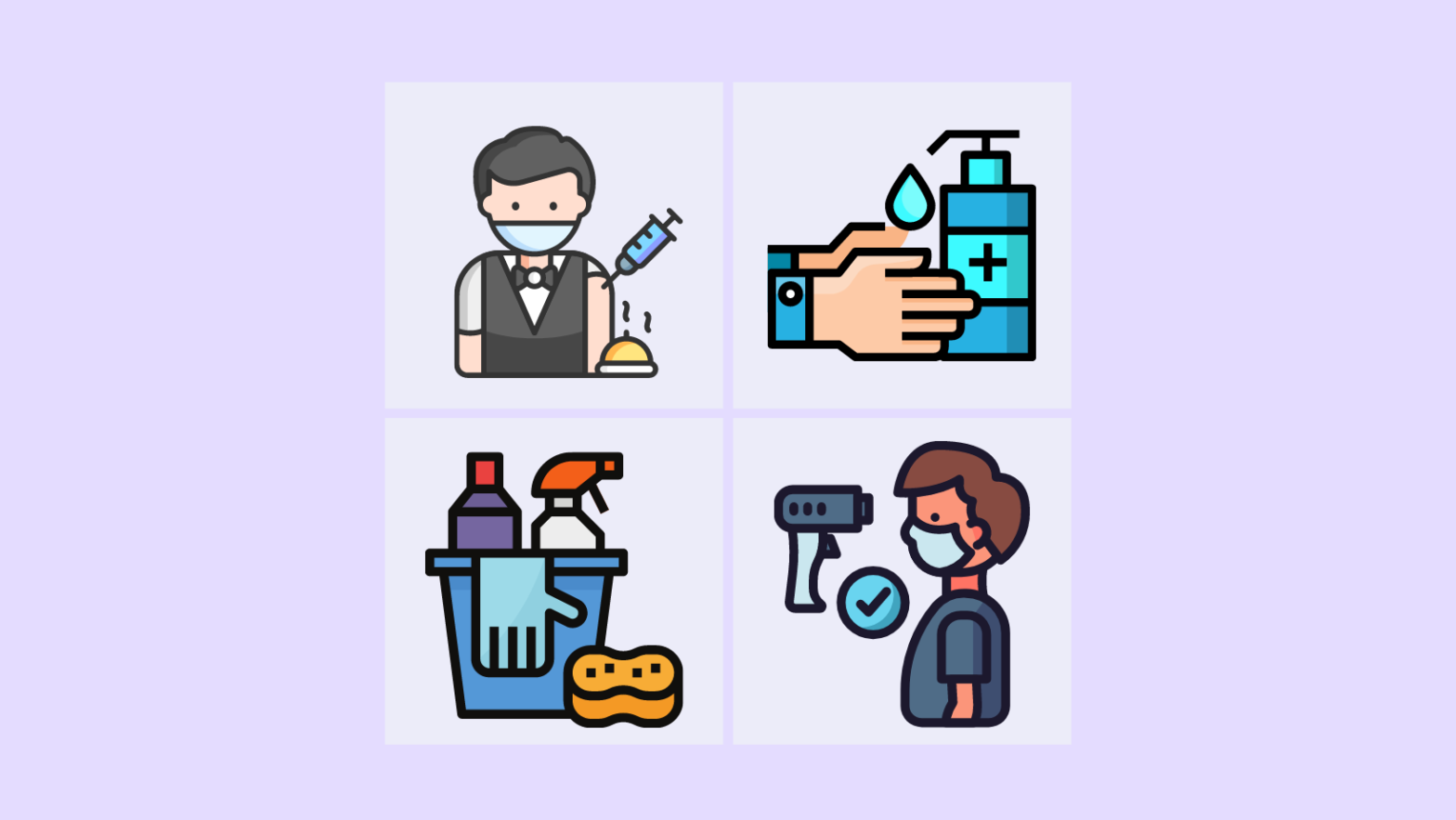- While being in the healthcare industry is highly fulfilling and rewarding, it doesn’t come without its downsides.
- Get an overview of why safety is so important for medical professionals.
- Learn tips on staying safe while at work as a healthcare practitioner.
Believe it or not, working in hospitals can be extremely dangerous. According to OSHA, a staggering 221,400 work-related injuries and illnesses were reported in just 2019 alone. The majority of healthcare providers face some kind of risk on a daily basis. This can be a needle stick injury, violence from patients, or even just too much stress. Read more below to learn about health worker safety tips.
Watch Out for SHARPS Injuries
To put it simply, a SHARPS injury is a stab wound that penetrates the body. It’s caused by a scalpel, needle, or another sharp object that may expose the victim to blood or other bodily fluids.
While the risk of disease transmission is low, it is still possible for the healthcare worker to get infected by blood-borne diseases like HIV, hepatitis B, and hepatitis C. As you can probably imagine, there would be a colossal negative impact on the employee.
In the unfortunate case of this happening to you, wash the wound thoroughly with soap and water, and then visit your doctor or the nearest emergency department for testing as soon as possible.
Reduce The Chance of An Injury Occurring
Medical professionals who frequently lift immobile patients or transfer them between wheelchairs and beds, toilets, or examination tables face risks such as musculoskeletal injuries. To avoid these kinds of injuries, make sure you’re using assistive items like slings, slip sheets, and electronic hoists.
Request Training on Chemical Hazard Safety
Certain chemicals used in the healthcare industry, such as triclosan, mercury, phthalates, and bisphenol A, can be dangerous to employees. OSHA requires medical facilities to train employees on how to handle hazardous substances safely. Furthermore, healthcare professionals should wear gloves and personal protective equipment when handling these hazardous chemicals.
Be Cautious of Workplace Violence
Up to 38% of healthcare workers experience physical violence at least once in their life. Most of this violence is instigated by patients and visitors, which is extremely scary.
According to a February report from Insecurity Insight and the University of California, Berkeley’s Human Rights Center, more than 1,100 threats or violent acts against health care workers and facilities occurred globally in 2020, with approximately 400 of those attacks being related to COVID-19.
Misinformation and the overwhelming number of COVID-19 cases and hospitalizations, according to Susie Keller, CEO of the Idaho Medical Association, were at fault for increased hostility toward physicians.
Key Takeaways
At the end of the day, the safety of healthcare professionals is of utmost importance and is vital to their well-being and lives in general.
We hope the points mentioned above helped you get a brief idea of how to stay safe and avoid occupational hazards in hospitals and medical facilities. If you enjoyed this blog, consider leaving a comment below in answer to the question, “What safety tips would you recommend as a healthcare provider?”
